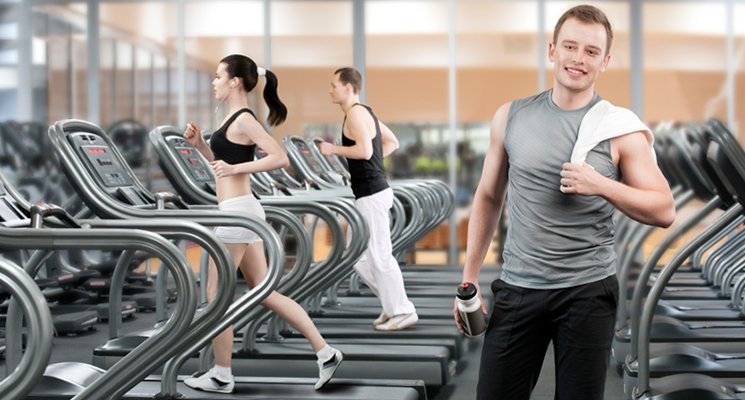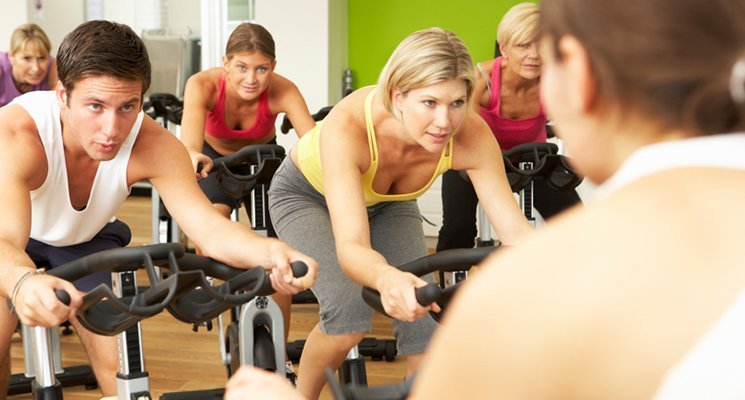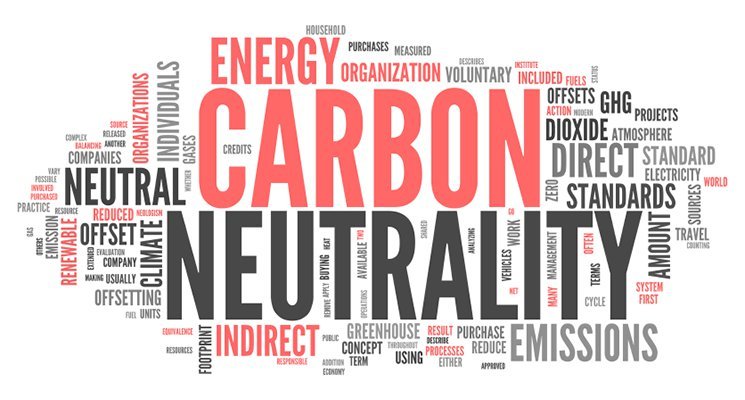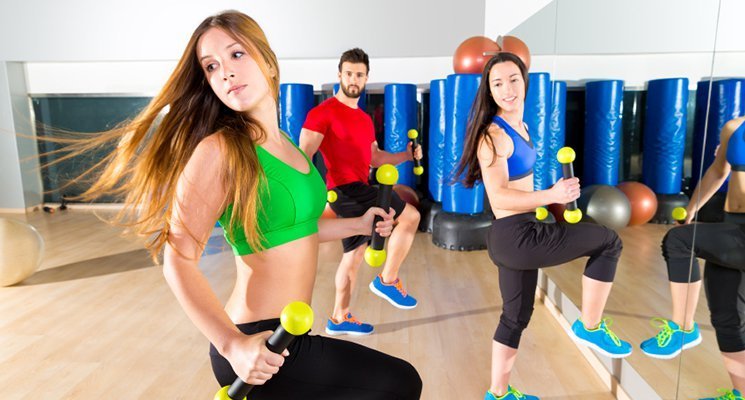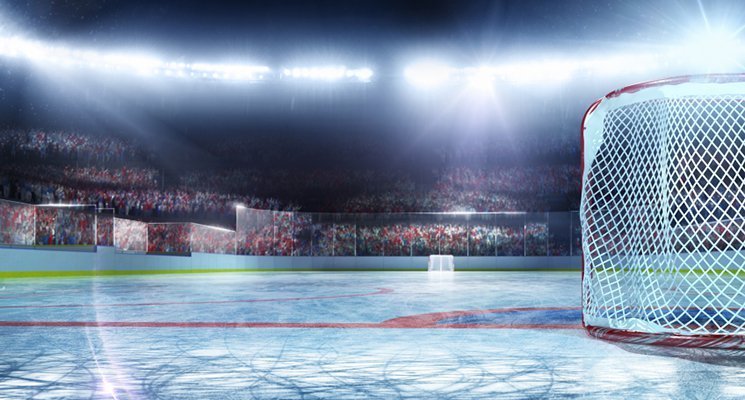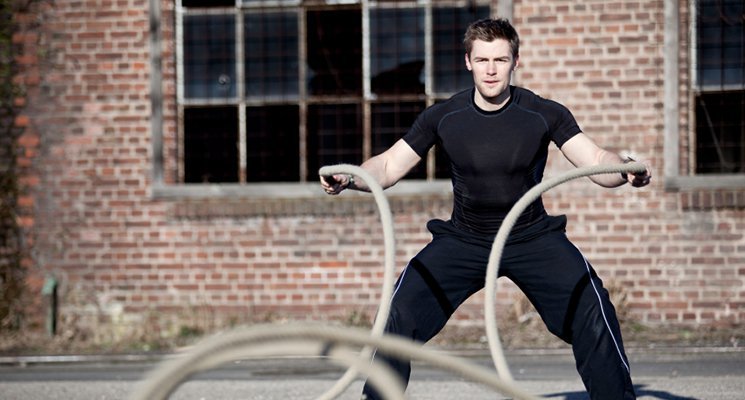It’s a sad fact of life—any highly trafficked building, sports clubs, gyms, health clubs, and fitness centres undergo a great deal of wear and tear in a short period of time. Cracks and chips in the tiles, dings and scratches on countertop edges, tears in the mats, streaks on the floors, and marks on the finish of doors are inevitable, and they happen much sooner after construction or renovation than you would expect or like. But there are some steps you can take to prevent damage and keep your facility looking, well, maybe not brand new, but at least younger than it really is.
1) Expect and plan for deterioration. Certain features of your facility will age faster than others, like the tiles, countertop edges, mats, and other things listed above. Toilet seats, showerheads, the pads on workout benches and machines, handgrips—these and other frequently used things are items you can expect to show wear and tear. And if you can expect it, then you can make plans to guard against it. Take efforts to predict which areas will suffer the worst by identifying high-impact spaces and observing changes in those spaces over time. Note how long it takes for items to begin showing damage and document the timeframe—along with repair and replacement costs—so that down the road you’ll know when you need to take action and begin purchasing new items.
2) Design your operating and capital budget to accommodate refurbishing on a regular schedule. Your annual operating budget should include room for small improvements and repairs, and you can use your budget to step up into larger capital remodeling projects. Like dining venues that use a 7- to 10-year agenda for overhauling their spaces, fitness and sports facilities should plan for regularly scheduled updates within relatively small timeframes. They should also consider renovations that will need to occur in longer timeframes, and plans for such renovations should be updated annually. The goal is to ensure that the look and function of your spaces will still be relevant in 15 years, 20 years, and beyond.
3) One thing you probably already can’t do without (and if you are doing without it, you should stop everything and get one set up immediately) is a personal service reference guide. This is a notated list of professionals who installed elements of your facility and designed its features. The myriad small details that go into putting a space together can get lost over time, and if you begin refurbishing a space, you might find information about those details crucial to your project. You’ll need to have at your fingertips the names of the engineers, subcontractors, carpenters, and electricians whose work went into creating the original space. When little things start to go wrong—breakers begin to trip, remote controls no longer work—this reference guide will be priceless. Include everything you can think of, down to the names of the carpet and tile suppliers. You’ll be really glad you did.
4) Another key strategy is developing a vigorous cleaning routine. Imagine your mother there everyday, asking whether you’ve cleared your dishes and put your things away, and then multiply that by a thousand. In any building, and especially a high-use facility, it’s the accumulated grime and grit that can lead to premature aging. Don’t rely only on standard custodial care; in a health club or sports facility, you need specialized housekeeping of particular areas. And you need it daily. Also consider the cleaning that can be outsourced to specialists: power-washing entryways, keeping windows sparkly, scrubbing tile and grout.
If you’re still in the planning stages, waiting for your facility to be built or renovated, there are other steps you can take too: choose materials made for high-impact use, select finishes that will be easy to clean, note warranties and product limitations. The main point is this: From the very beginning, you want to imagine how your facility should look thirty years from now; then work to make sure that it looks that way. And if there’s some wear and tear that’s unavoidable, consider that a sign that your facility is well-used and well-loved, and be glad.
